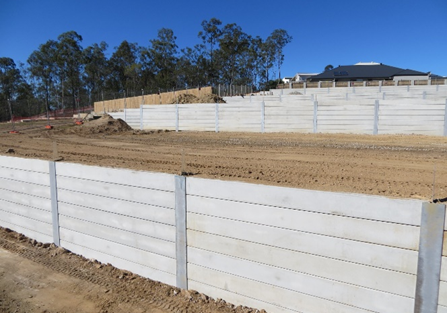Design and Placement of Retaining Walls can be just as important as the type of wall that is chosen. When considering a retaining wall, one must think about the placement and design of the wall to make sure it will be effective while still being aesthetically pleasing. For example, when creating a gravel and soil reinforced retaining wall, it needs to be placed in an area that has both good drainage and easy access for maintenance. Additionally, the design should account for lateral forces on the wall such as wind and earthquakes for areas prone to disasters. The design also needs to consider the existing soil conditions around the areas before construction begins, including slope angle and soil type, to ensure that it is effective.
However, care must also be taken to ensure that any retaining walls do not disrupt drainage further downslope or cause flooding or other water-related issues. Additionally, careful consideration should be given to areas around any retaining walls due to potential runoff into nearby landscapes. This must be accounted for during both design and installation phases.
When implemented properly, retaining walls are an excellent way to create more useable land while still protecting neighbouring areas. With thoughtful planning and attention to detail, they can not only meet practical needs but also add significant aesthetic value to any property.
With a well-designed and placed retaining wall providing stability around your particular property, you can now move onto considering additional features like planting plants along the wall as part of your plan for your outdoor space. While strong retaining walls will provide much needed stability along a hillside or other uneven terrain, adding plants will give you colour, texture, and life for your new outdoor environment.


 Galvanised Fence Plates
Galvanised Fence Plates